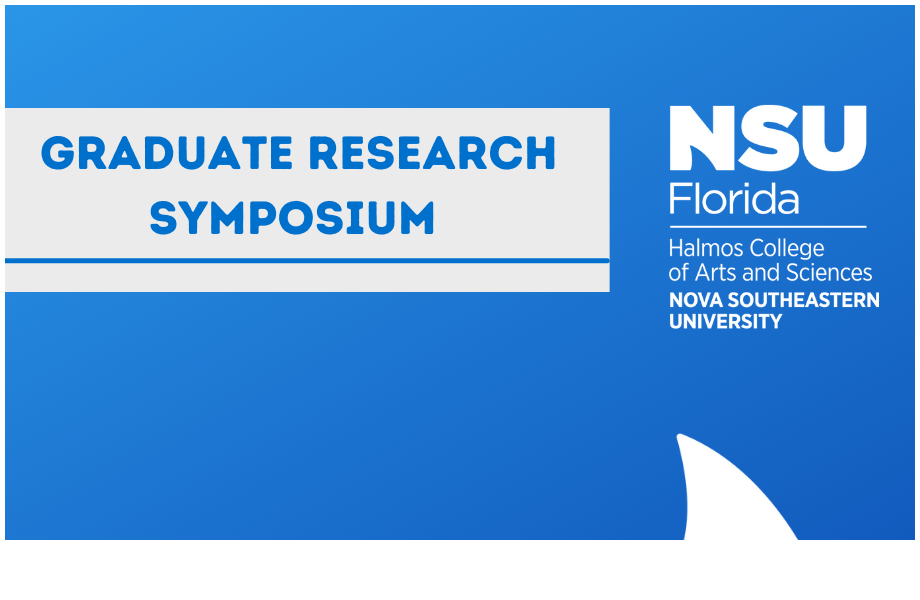Density trends of Xestospongia muta (giant barrel sponge) and its impact on Southeast Florida Reefs
Location
Guy Harvey Oceanographic Center Facility
Start
1-30-2018 3:45 PM
End
1-30-2018 4:00 PM
Type of Presentation
Oral Presentation
Abstract
Xestospongia muta is a key member of the coral reef benthic community. X. muta provides increased habitat complexity for marine organisms, enables nutrient regeneration through nitrification, and filters large volumes of water on a daily basis recycling organic carbon. As benthic cover continues to shift between functional groups in correlation with increasing anthropogenic stressors and subsequent changing environmental conditions, characterizing the trends within the X. muta population is crucial to understanding the greater impact these changes will have on the Southeast Florida Reefs. The objective of this study was to identify trends in X. muta density over time on the Southeast Florida Reef Tract (SEFRT) as anthropogenic stressors increase. Xestospongia muta data from the Southeast Florida Coral Reef Evaluation and Monitoring Project (SECREMP) collected from 2013 – 2017 was used. Twenty-two sites were visited annually and sponges were mapped and measured. Results show a trend of increasing densities of X. muta over time on the inner, middle, and outer reefs that comprise the SEFRT. These results suggest that the X. muta population is healthy on the SEFRT in contrast to other functional groups in the coral reef benthic community. The results also suggest that X. muta is most abundant on the SEFRT compared to other locations within its habitat range. An increasing trend of X. muta densities will have implications for nutrient cycling, water filtration, as well as carbon sequestration on the SEFRT.
Density trends of Xestospongia muta (giant barrel sponge) and its impact on Southeast Florida Reefs
Guy Harvey Oceanographic Center Facility
Xestospongia muta is a key member of the coral reef benthic community. X. muta provides increased habitat complexity for marine organisms, enables nutrient regeneration through nitrification, and filters large volumes of water on a daily basis recycling organic carbon. As benthic cover continues to shift between functional groups in correlation with increasing anthropogenic stressors and subsequent changing environmental conditions, characterizing the trends within the X. muta population is crucial to understanding the greater impact these changes will have on the Southeast Florida Reefs. The objective of this study was to identify trends in X. muta density over time on the Southeast Florida Reef Tract (SEFRT) as anthropogenic stressors increase. Xestospongia muta data from the Southeast Florida Coral Reef Evaluation and Monitoring Project (SECREMP) collected from 2013 – 2017 was used. Twenty-two sites were visited annually and sponges were mapped and measured. Results show a trend of increasing densities of X. muta over time on the inner, middle, and outer reefs that comprise the SEFRT. These results suggest that the X. muta population is healthy on the SEFRT in contrast to other functional groups in the coral reef benthic community. The results also suggest that X. muta is most abundant on the SEFRT compared to other locations within its habitat range. An increasing trend of X. muta densities will have implications for nutrient cycling, water filtration, as well as carbon sequestration on the SEFRT.


